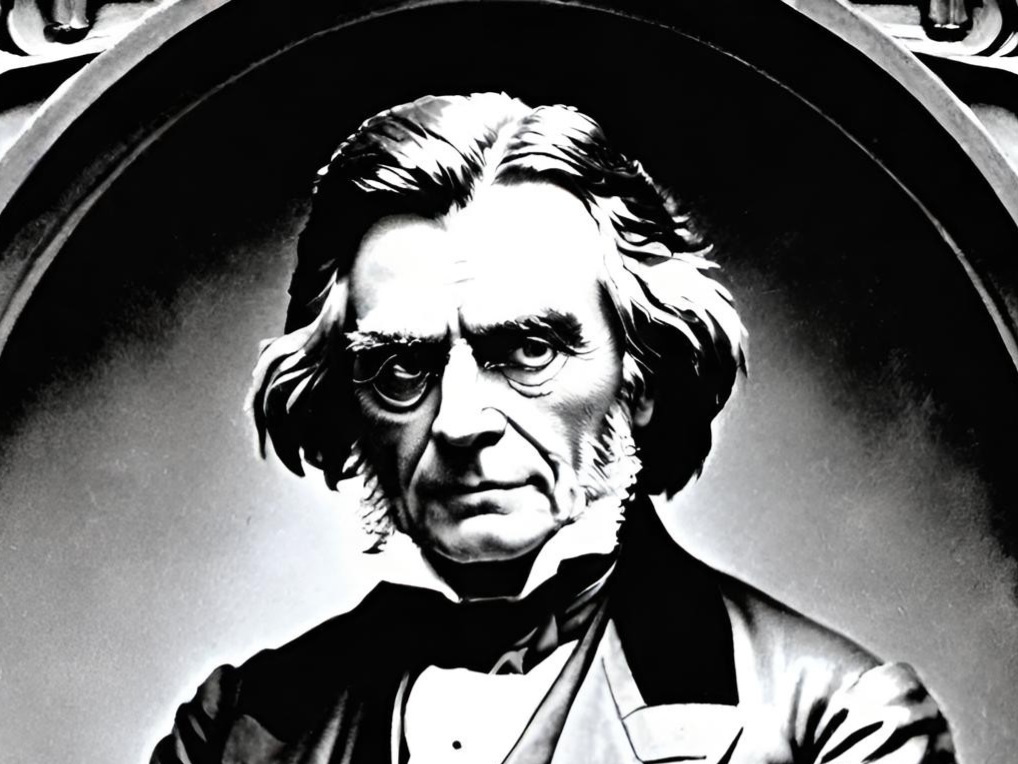The story of Ras Tafari is one that intertwines royal legacy, religious fervor, and cultural revolution. Born Tafari Makonnen on July 23, 1892, in the Ethiopian empire, his journey from a prince to becoming Emperor Haile Selassie I and subsequently an iconic figure in the Rastafarian movement is a narrative rich in spirituality, political struggle, and transformation.
Tafari Makonnen was born into the Ethiopian nobility, tracing his lineage back to the Solomonic Dynasty, believed to be descendants of the Biblical King Solomon and Queen of Sheba. His early years were marked by rigorous education and a keen interest in modernizing Ethiopia. Ascending through the ranks of Ethiopian politics, Tafari became regent and heir apparent to the throne in 1916, under Empress Zewditu. He was known for his progressive policies, including efforts to abolish slavery, and his push for Ethiopia’s membership in the League of Nations.
In 1930, upon the death of Empress Zewditu, Tafari was crowned Emperor Haile Selassie I, “Power of the Trinity,” marking the beginning of a reign that would last until 1974. His coronation was a lavish event that attracted international attention, signaling Ethiopia’s prominence on the world stage.
Encounter with Fascism and Exile
Haile Selassie’s reign faced its greatest challenge in 1935 when Italy, under Fascist leader Benito Mussolini, invaded Ethiopia. The conflict led to Ethiopia’s occupation and Haile Selassie’s five-year exile to England. During this period, he became an emblem of anti-fascist resistance, famously appealing to the League of Nations for support in a speech that underscored the threat of fascism to global peace.
The Rastafarian Movement
While Haile Selassie was battling for his country’s freedom, his legacy was taking root in a far-off land. In the 1930s, Marcus Garvey, a Jamaican political leader and proponent of the Black Nationalism and Pan-Africanism movements, prophesied that a black king would be crowned in Africa, signaling the redemption of black people worldwide. When Tafari was crowned Haile Selassie, many saw Garvey’s prophecy fulfilled.
The Rastafarian movement, named after Tafari’s pre-coronation title (Ras meaning “head,” a title equivalent to “duke,” and Tafari, his given name), emerged in Jamaica as a religious and social movement. Rastafarians revered Haile Selassie as the reincarnation of Jesus Christ and the embodiment of God (Jah). His coronation was seen as a divine event, heralding hope for oppressed peoples across the globe.
Despite Haile Selassie’s own Christian beliefs (he was a devout Ethiopian Orthodox Christian) and his public disavowal of any divine status, the Rastafarian movement flourished. It spread beyond Jamaica, influencing music, culture, and social movements worldwide, most notably through the reggae music of Bob Marley, who popularized Rastafarian beliefs in the 1970s.
Legacy and Controversy
Haile Selassie’s reign ended in 1974, when a Marxist coup d’état led to his dethronement. He died under mysterious circumstances in 1975. While his rule is remembered for its efforts towards modernization and diplomacy, it is also marked by criticisms of autocracy and failure to address famine and poverty.
Yet, Haile Selassie’s impact extends beyond his political legacy. For Rastafarians and many others, he remains a symbol of African independence and pride, a spiritual leader who inspired a movement that continues to advocate for social justice, unity, and respect for nature.
Conclusion
The Ras Tafari story, from prince to Rastafarian icon, encapsulates a journey of resilience, faith, and enduring influence. It is a testament to the complex interplay between history, religion, and culture in shaping legacies that transcend borders and generations.




